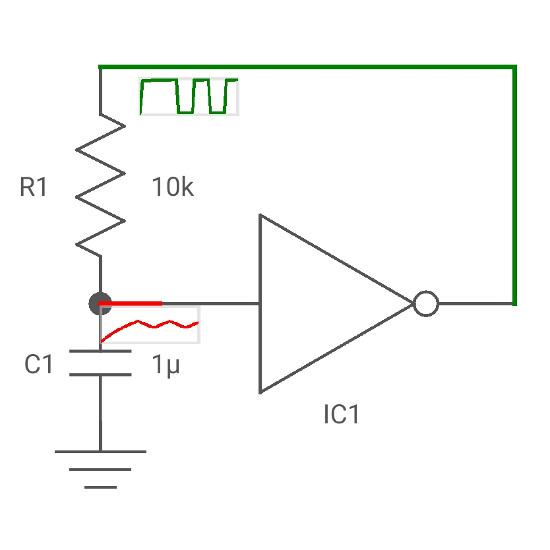
- #OSCULATOR TEMPLATES FOR LOGIC HOW TO#
- #OSCULATOR TEMPLATES FOR LOGIC INSTALL#
- #OSCULATOR TEMPLATES FOR LOGIC UPDATE#
When you run the Get-LogicAppTemplate command with this tool, the command first gets an access token through the ARMClient tool, pipes the token to the PowerShell script, and creates the template as a JSON file.
#OSCULATOR TEMPLATES FOR LOGIC INSTALL#
Install Azure Resource Manager clientįor the LogicAppTemplate module to work with any Azure tenant and subscription access token, install the Azure Resource Manager client tool, which is a simple command line tool that calls the Azure Resource Manager API. Or, to install manually, follow the steps in GitHub for Logic App Template Creator.
#OSCULATOR TEMPLATES FOR LOGIC UPDATE#
To update to the latest version, run this command: Update-Module -Name LogicAppTemplate If you haven't already, install Azure PowerShell.įor the easiest way to install the LogicAppTemplate module from the PowerShell Gallery, run this command: Install-Module -Name LogicAppTemplate Sample: Connect to an integration account from Azure Logic Apps and deploy with Azure Pipelines in Azure DevOps.Sample: Set up an Azure Functions action for Azure Logic Apps and deploy with Azure Pipelines in Azure DevOps.Sample: Connect to Azure Service Bus queues from Azure Logic Apps and deploy with Azure Pipelines in Azure DevOps.Sample: Connect to Azure Storage accounts from Azure Logic Apps and deploy with Azure Pipelines in Azure DevOps.Sample: Orchestrate Azure Pipelines by using Azure Logic Apps.
#OSCULATOR TEMPLATES FOR LOGIC HOW TO#
These samples show how to create and deploy logic apps by using Azure Resource Manager templates, Azure Pipelines in Azure DevOps, and Azure PowerShell: The module preserves all the orchestration logic and parameterizes the SQL and Service Bus connection strings so that you can provide and change those values based on your deployment needs. The module then generates template resources with the necessary parameters for deployment.įor example, suppose you have a logic app that receives a message from an Azure Service Bus queue and uploads data to Azure SQL Database. This open-source module first evaluates your logic app and any connections that the logic app uses. You can create Resource Manager templates by using Azure PowerShell with the LogicAppTemplate module.

That way, you can more easily change these values based on your deployment needs. You can provide the values for these parameters in a separate parameters file. The template also parameterizes, or defines parameters for, the values used for deploying your logic app and other resources. You can then either create your logic app in Visual Studio or find and download an existing logic app from the Azure portal into Visual Studio.īy downloading your logic app, you get a template that includes the definitions for your logic app and other resources such as connections.

Develop Azure Resource Manager templates for cloud consistencyįor the easiest way to create valid parameterized logic app templates that are mostly ready for deployment, use Visual Studio (free Community edition or greater) and the Azure Logic Apps Tools for Visual Studio.Author Azure Resource Manager templates.Azure Resource Manager template structure and syntax.Make sure thatĬonnections in your template use the same Azure resource group and location as your logic app.įor more information about Azure Resource Manager templates, see the following topics: This article applies only to Consumption logic apps, not Standard logic apps.


 0 kommentar(er)
0 kommentar(er)
